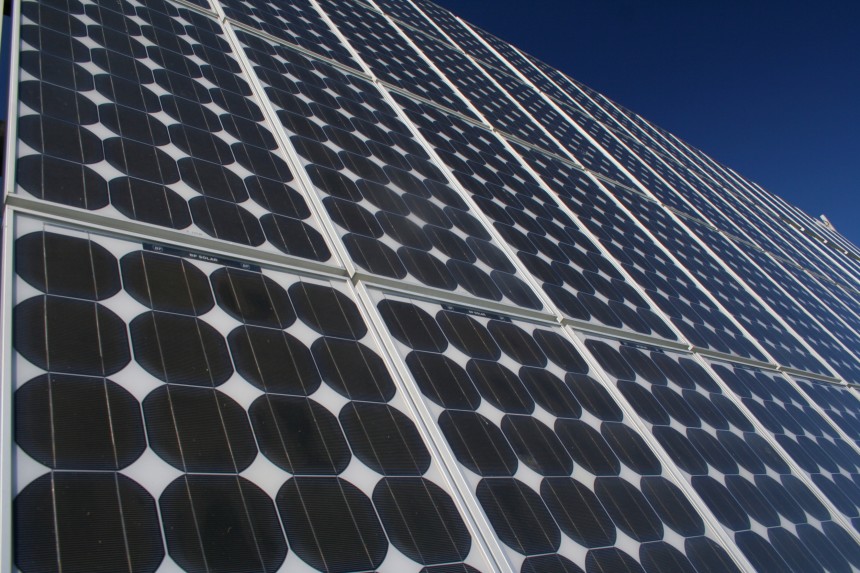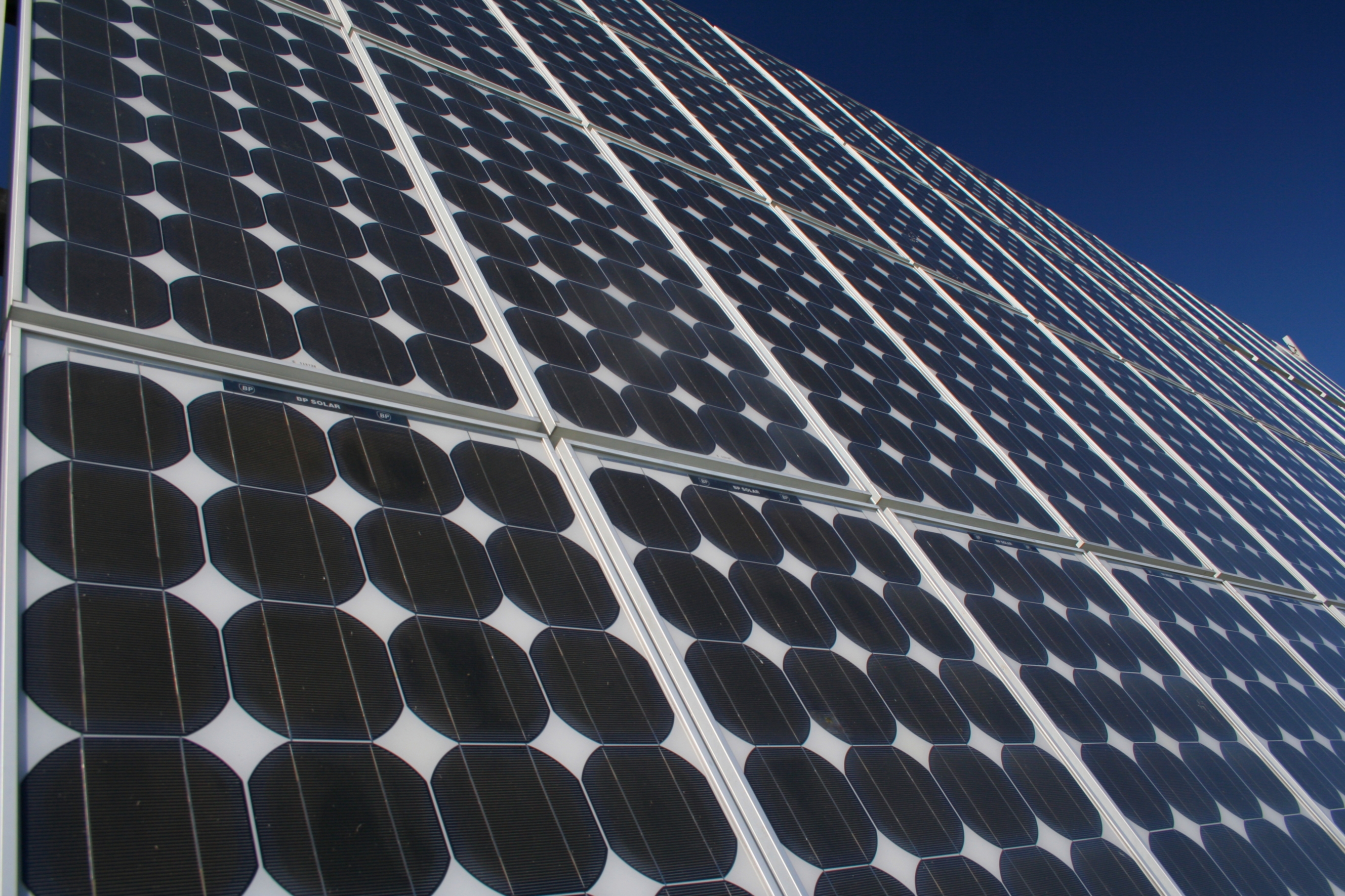Food or energy? The battle over the future of Australia’s prime agricultural land

A David and Goliath battle over land is emerging in the Southern Riverina of New South Wales, with four foreign-owned energy companies racing to get their large-scale solar projects off the ground.
It has left farmers questioning whether these types of infrastructure projects should be built on productive agricultural land.
TransGrid’s high-voltage powerlines run through Sharon Feuerherdt’s crop land and she knocked back a multi-million dollar offer from French-owned Neoen to put solar panels on her land.
Instead, she intends to fight the construction of what would potentially be Australia’s largest solar farm.
Neoen plans to build a massive 400-megawatt solar farm right next to Ms Feuerherdt’s property in Culcairn.
The solar farm would share 9 kilometres of her fence line, blanketing 1,300 hectares of agricultural land with 1 million solar panels — something Ms Feuerhert said should not happen.
“And we’re really scared that it’s going to impact our business and the neighbours.”
Agronomist Sheree Hamson said the land around Culcairn was highly productive because of the area’s consistently high rainfall.
“The region benefits from consistent rainfall of above 600 millimetres a year and has the ability of achieving dryland grain yields of above 500 tonnes a year and hay yields of up to 10t a hectare,” Ms Hamson said.
“Last year, in one of the worst droughts on record, Culcairn still produced much-needed food and fibre.
The issue is also being felt south of the border in Shepparton, where farmers opposed four large-scale solar proposals, leading to a review by Victoria’s planning minister and the development of a new planning policy.
Securing Australia’s energy future
The head of development at Neoen Australia, Garth Heron, said if Australia wants to have cheap power into the future, large-scale renewable projects need to be built next to the existing poles and wires.
“The majority of the [large-scale solar] projects in Australia are built on good agricultural areas,” he said.
Originally published by the ABC, 23 May 2019.








